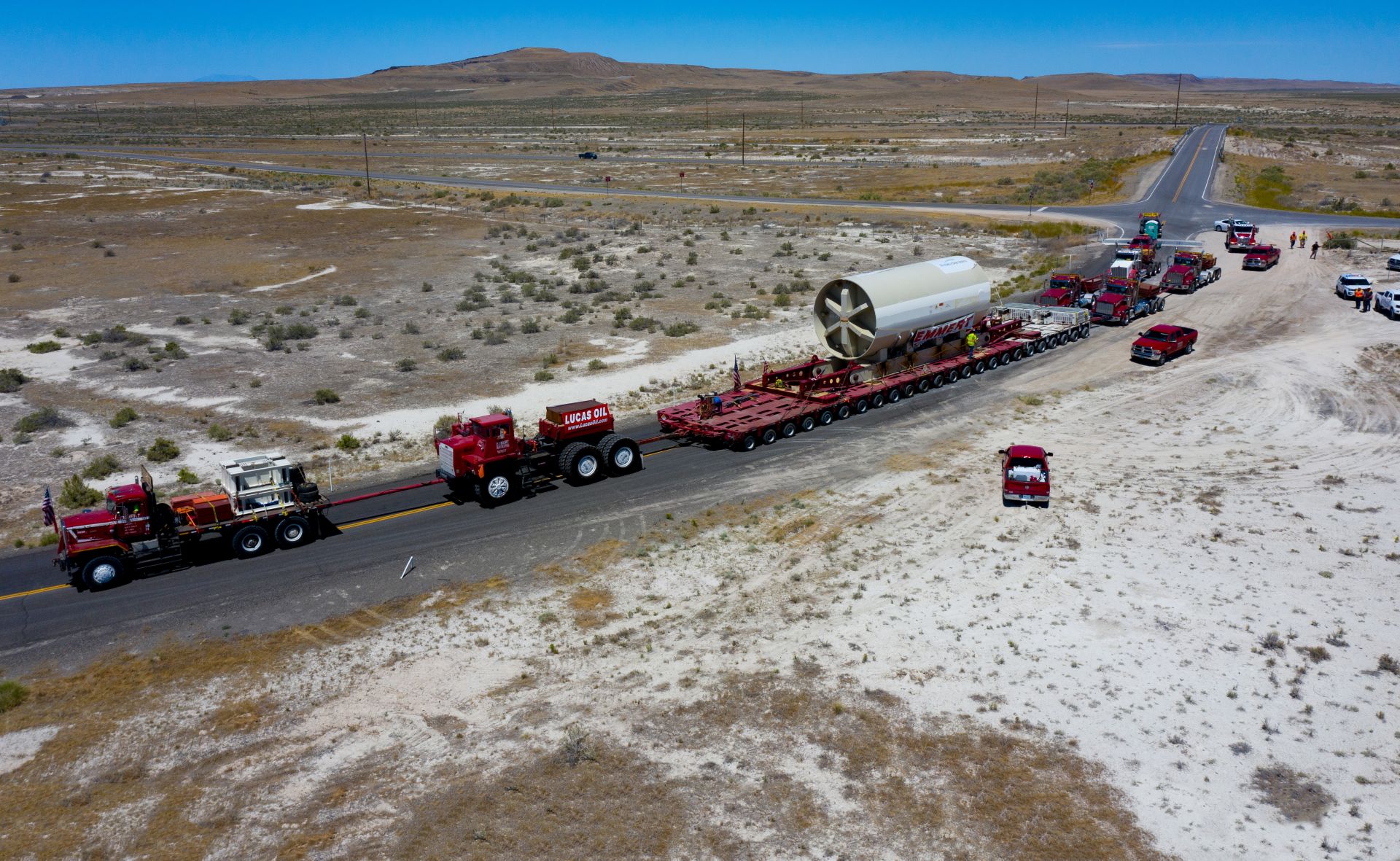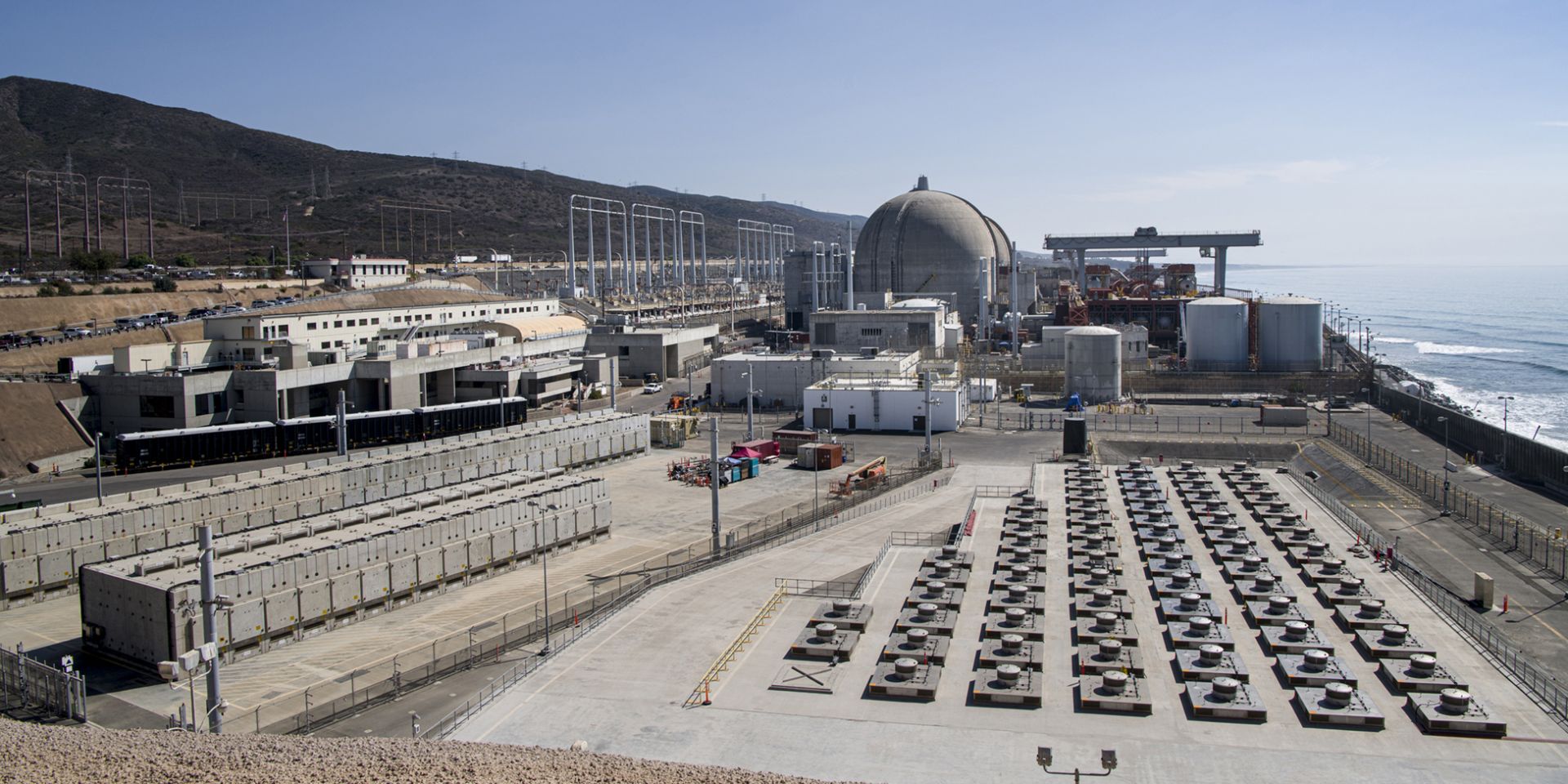Southern California Edison has a plan—and it just might build momentum to solve the nation’s spent nuclear fuel disposal dilemma.
Imagine it’s January 1998. A specially equipped train from the Department of Energy rolls up to the San Onofre Nuclear Generating Station (SONGS) to pick up spent nuclear fuel and take it to the Yucca Mountain repository in Nevada. This scene is repeated thousands of times at nuclear plant sites across the U.S. over the ensuing decades. The solution to permanent spent fuel disposal as outlined in the Nuclear Waste Policy Act (and its amendments) is working as intended. The nation’s commercial spent fuel is safely isolated deep underground for the long term.
But that is not what happened. Work on Yucca Mountain has been stalled for a full decade, and the organization within the DOE that by law is responsible for managing the spent fuel program has been defunded and disbanded.
In storage at San Onofre for 18 years, the 670-ton SONGS-1 reactor pressure vessel undertook a 51-day trip across three states to its final disposal site.

Six large trucks were used to push and pull the SONGS-1 reactor pressure vessel 400 miles through Nevada and into Utah with a maximum speed of 10 miles per hour over a 10-day period. Photo: EnergySolutions
July 14 marked a milestone in the decommissioning of the San Onofre Nuclear Generating Station (SONGS), as the Unit 1 reactor pressure vessel (RPV) completed a seven-week journey from Southern California to EnergySolutions’ Clive disposal facility in Utah. The approximately 670-ton RPV package, containing the pressure vessel from the previously decommissioned SONGS-1, pieces of radioactive metal, and grout for radiation shielding, left San Onofre on May 24, traveling by rail to a location outside Las Vegas, where it was transferred to a platform trailer to be transported the remaining 400 miles to Clive, about 75 miles west of Salt Lake City.
“This project was a very complex undertaking that required approvals and/or coordination with over two dozen federal, state, and local agencies and government entities,” said Todd Eiler, director of the EnergySolutions Projects Group, which handled the transport. “The coordinated effort with the rail lines and departments of transportation in California, Nevada, and Utah resulted in another safe and successful large component shipment managed by the EnergySolutions Projects Group.”



